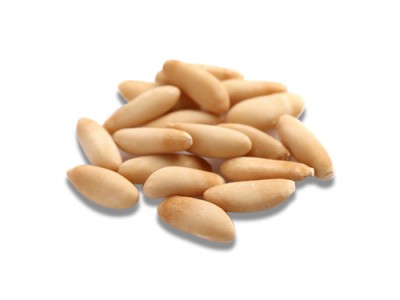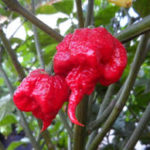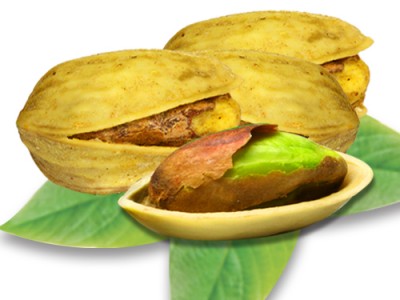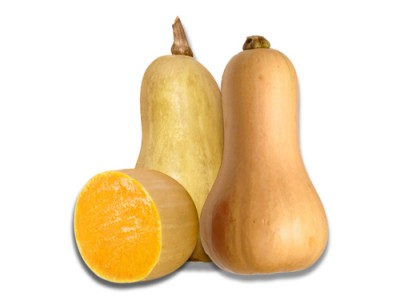

Peruvian Pepper Facts
Most of the important drugs and medicines were earlier developed from various plants and trees. It is imperative to note that once upon a time Aspirin was developed from Willow tree. One of the world’s most dangerous trees which entered the Guinness book of world record is manchineel tree from the Caribbean and Gulf of Mexico.
The sap can cause blisters on the skin and can even blind a person if it enter his eyes.
This topic will deal with a plant named Peruvian Pepper. The botanical name of this plant is Schinus molle. This evergreen tree is native to the Peruvian Andes. The fruits are sold as peppercorn although it is unrelated to pepper. The other common names of this plant are pepper, Peruvian peppertree, escobilla, false pepper, molle del Peru, pepper tree, peppercorn tree, Californian pepper tree, pirul and Peruvian mastic.
This plant reaches a height of 15 m and 10 m wide and bears a pint fruits which are sold as peppercorns. It is the largest of all Schinus species and the longest lived. The upper branches of the tree bend down. The pinnate compound leaves measure 25 cm long and 9 cm wide and have 19 to 41 alternative leaflets. The male and female organs are found in different plants. Small flowers which are white in color are found in the end of the branch. The fruits are 7 mm diameter with woody seeds that changes color from green to red, pink or purplish.
The dense clusters have hundreds of berries. The bark, the leaves and berries are fragrant rich when they are crushed. This plant is found abundantly in Northern South America and Peru’s Andean deserts and goes to Central Argentina and Central Chile. Now it is cultivated throughout the world for its wood which is used for saddles; saddles are used as an ornamental and spice.
This plant is drought tolerant, long-lived and evergreen species and classified under the invasive category list. Peruvian pepper tree has invaded savanna and grasslands of South African and is found along drainages and roadside in deserts. It is also invasive plant in Australian forests. Here, it is found in railways sidings and other unused farms. This pepper plant is seen Florida, Hawaii, southern Arizona, southern California, Texas, Louisiana and Puerto Rico. The fruits and leaves are not given as fodder stock since it has poisonous substances.
Uses:
- Extracts from this pepper plant is used as a flavor in drinks and syrups.
- It has antibacterial, antiseptic, antidepressant and diuretic properties.
- It can cure toothache, rheumatism and menstrual problems.
- The leaves are also used in dyeing of textiles in the Andean region.
- This practice dates back to pre-Columbian times. The Incase used the oil that is extracted from the leaves for preserving mummies and embalming the dead.
- Archaeological evidence suggests that this plant were used extensively in the Central Andes around 1000 AD for producing an alcoholic beverage named chicha.
- The trees reproduce through seed, cuttings and suckers. The seeds are germinated through the gut of birds and other animals.



